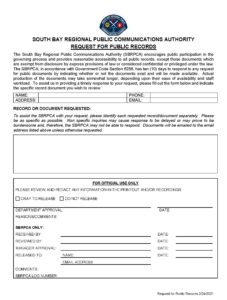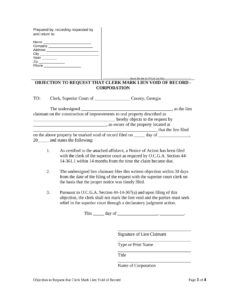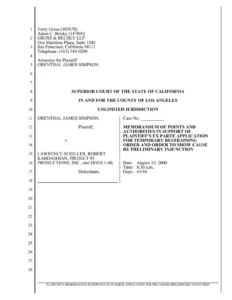Utilizing a structured format streamlines the judicial process, saving time and resources for all parties involved. It clarifies the specific facts presented for judicial notice, reducing potential ambiguity and ensuring the court efficiently addresses the relevant information. This organized approach can contribute to a more focused and expeditious legal proceeding.
This structured approach to requesting judicial notice facilitates a more efficient legal process in California. The following sections will further explore the practical application of this procedure, including specific examples and detailed explanations of the required elements.
Key Components of a California Judicial Notice Request
Effective requests for judicial notice in California courts require specific elements to ensure clarity and compliance with legal standards. The following components are crucial for a successful submission:
1: Case Information: Accurate and complete case details, including the court’s name, case number, and names of the parties, are essential for proper identification and processing.
2: Notice of Request: A clear statement indicating the intent to request judicial notice, specifying the particular facts or matters presented for consideration.
3: Description of Facts/Matters: A concise and unambiguous description of each fact or matter for which judicial notice is sought. This description must be sufficiently detailed to allow the court to readily understand the information.
4: Legal Basis: Citation to the relevant California Evidence Code sections authorizing judicial notice of the specific types of facts presented. This establishes the legal justification for the request.
5: Source of Information: Clear identification of the source from which the facts are derived. This could include specific court documents, official government records, or recognized scientific publications. Copies of these sources should typically be attached as exhibits.
6: Declaration or Affidavit: A sworn statement from a competent individual attesting to the authenticity and accuracy of the provided information may be required, especially for facts not readily ascertainable from public records.
Properly incorporating these elements provides the court with the necessary information to efficiently and accurately assess the request, contributing to a more streamlined and effective legal process.
How to Create a California Judicial Notice Request
Creating a comprehensive and effective request for judicial notice in California involves careful attention to specific elements and legal requirements. The following steps outline the process:
1: Initiate the Document: Begin by clearly labeling the document as a “Request for Judicial Notice.” Include the relevant court’s name, the case name and number, and the names of all parties involved in the litigation.
2: State the Request: Formally request that the court take judicial notice of specific facts. Clearly indicate the purpose of the request within the context of the case.
3: Detail the Facts: Provide a concise and unambiguous description of each fact or matter subject to the request. Avoid generalizations and ensure each fact is individually and clearly stated.
4: Provide Legal Basis: Cite the specific California Evidence Code sections that authorize judicial notice of the presented facts. Explain how the facts fall within the scope of these code sections.
5: Identify and Attach Supporting Evidence: Specify the source of each fact, whether it be a court document, government record, or other reliable source. Attach copies of these sources as exhibits, clearly labeled and referenced within the request.
6: Include a Declaration/Affidavit (If Necessary): If the facts are not readily verifiable from public records, a declaration or affidavit from a competent individual attesting to the accuracy and authenticity of the information may be required.
7: Review and Finalize: Carefully review the entire document for completeness and accuracy before filing it with the court. Ensure all necessary attachments are included and properly labeled.
Careful preparation, including accurate citations and clear presentation of facts, ensures the request complies with legal requirements and effectively conveys the necessary information to the court. This meticulous approach maximizes the likelihood of the request being granted.
Accurate and efficient presentation of undisputed facts is crucial for effective judicial proceedings. Understanding the components and creation process of a structured submission for judicially noticed facts in California courts allows for streamlined proceedings and informed legal decision-making. Proper utilization of this procedure benefits all parties by conserving resources and facilitating a more focused legal process.
Mastery of this procedure contributes to a more efficient and just legal system. Careful attention to detail and adherence to legal requirements ensure the integrity and effectiveness of these requests, ultimately contributing to more informed and efficient resolution of legal matters within the California court system.


